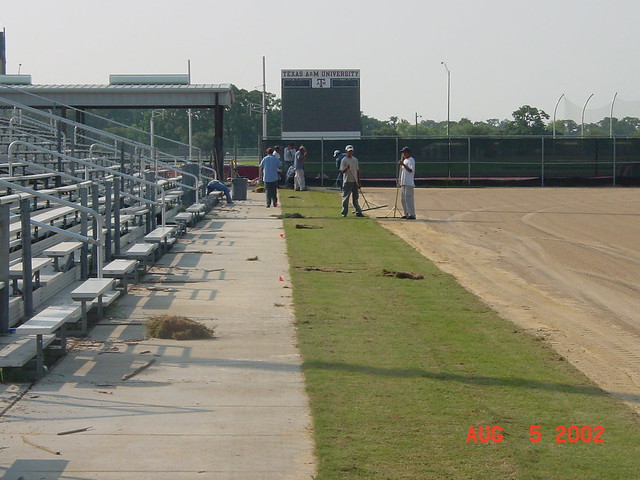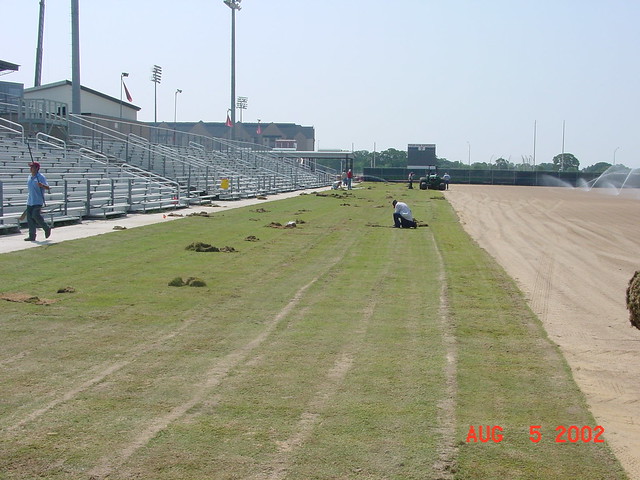Road Reinforcement Geocell: A Game-Changer in Infrastructure Development
In Road reinforcement geocell troduction:
In recent years, road reinforcement geocell has emerged as a revolutionary solution to many challenges faced in the construction industry. With its unique design and exceptional capabilities, this geosynthetic material is playing a crucial

role in land reinforcement, highway enhancement, cellular confinement systems for road construction, and ground improvement projects.
Manufacturing Process:
Road reinforcement geocells are manufactured using high-density polyethylene (HDPE) or polypropylene (PP) materials. These polymers are extruded into strips that are then welded together to form a honeycomb-like structure. The interconnected cells create an efficient load Highway enhancement geocell distribution system capable of withstanding heavy traffic loads.
Key Features:
– High tensile strength: Road reinforcement geocells possess excellent mechanical properties that enable them to resist deformation under severe pressure.
– Durability: Made from high-quality polymers, these geocells exhibit exceptional resistance against harsh environmental conditions such as UV radiation, chemicals, and biological degradation.
– Lightweight and easy installatio

n: The lightweight nature of road reinforcement geocell allows for simplified transportation and hassle-free on-site handling during installation.
– Permea Road reinforcement geocell bility: The permeable design permits water drainage, reducing the risk of water accumulation which may damage roads over time.
Advantages:
1. Enhanced stability: By confining soil particles within their cell walls, road reinforcement geocells increase the overall structural stability of roads and prevent lat geomembrane liner eral spreading.
2. Improved load-bearing capacity: This innovative solution effectively distributes vertical loads across a wider surface area by minimizing stress concentration points commonly found in traditional methods.
3 Geosynthetic clay liner . Cost-effective alternative: Road reinforcement geocell significantly reduces construction costs by utilizing locally available soils instead of expensive aggregate materials traditionally required for subgrade stabilization.
4. Environmentally friendly option: Using these eco-friendly materials Road reinforcement geocell minimizes carbon emissions associated with transporting heavy aggregates while promoting sustainable development practices.
Usage Method:
Road reinforcement geocells can be easily installed by laying them directly on the prepared surface and securing the edges using connectors. Proper compaction of the soil within each cell is essential to ensure adequate load transfer throughout the system. Additionally, geosynthetic clay liners or geomembrane liner Cellular confinement system for road construction s can be utilized in combination with road reinforcement geocell for improved waterproofing and erosion control.
Choosing Road Reinforcement Geocell:
When selecting road reinforcement geocells, it is vi Uniaxial Plastic Geogrid tal to consider factors such as site conditions, traffic requirements, and project specifications. Engaging with experienced engineers or consultants will provide valuable insights into tailored solutions that match specific project needs.
Conclusion:
Road reinforcement geocells have revolutionized infrastructure development by offering cost-effective, durable, and env

ironmentally friendly alternatives to conventional methods. With their innovation in design and numerous advantages, these geosynthetic materials are becoming increasingly popular in modern construction projects worldwide. Embracing this technology not only guarantees long-term savings but also ensures safer roads that withstand heavy loads while preserving our natural resources.
Remember: Road reinforcement geocell – a smarter choice towards building sustainable tran Land reinforcement geocell sportation networks!
